There are many reasons to love Paris in September. It’s the month of that slate-cleaning, fowards-looking, stationery-buying, wardrobe-polishing time known as la rentrée, for one. It’s also the first month of autumn/fall, when the turning leaves let you see the city in a whole, golden new light. And, as the temperature starts its steady descent to winter, it’s the time for rediscovering such slow-living joys of sipping chocolat chaud in cosy terraces.
What’s more, September in Paris is for history lovers, because the third weekend sees the annual Journées du Patrimoine.
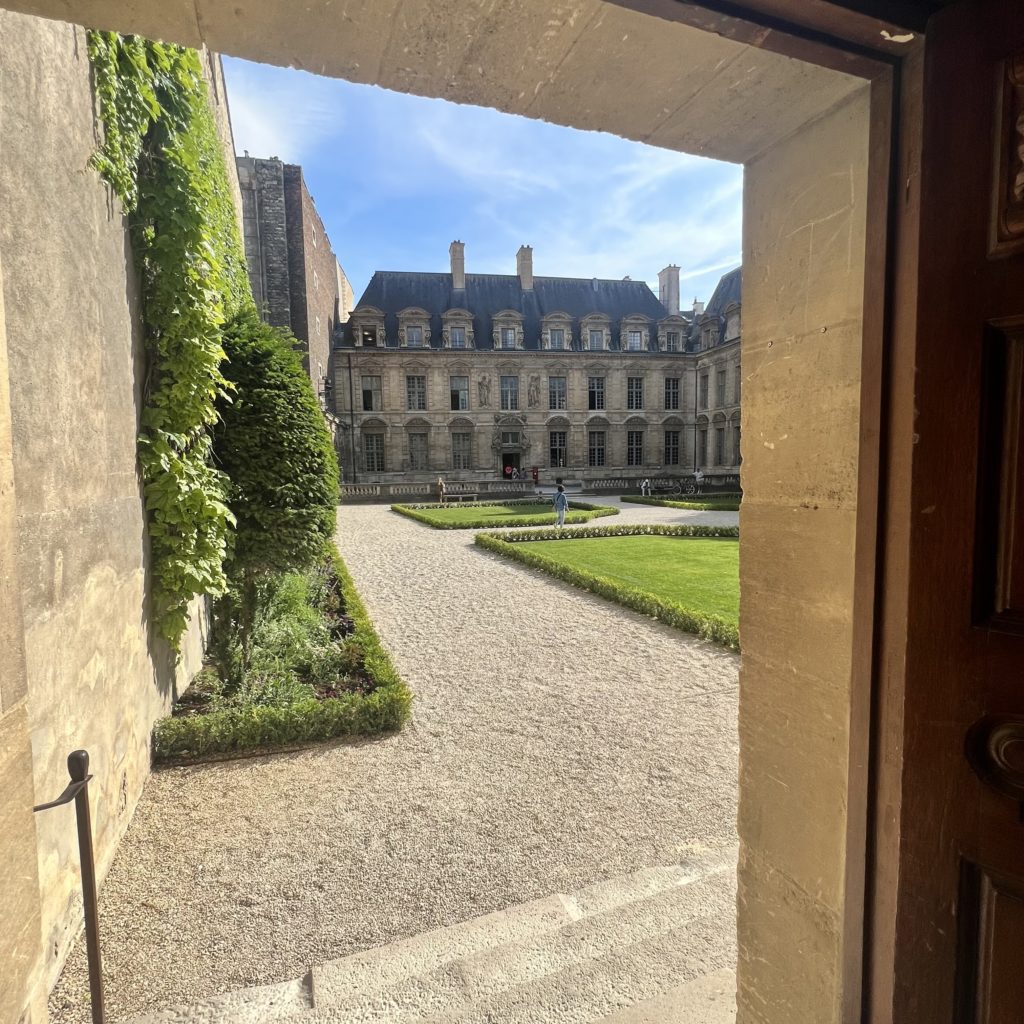
During these Heritage Days, monuments, museums, and mansions in all arrondissements open their often-guarded doors for a celebration of art and architecture, in the form of exhibitions, installations, and guided tours.
This year’s Journées du Patrimoine (16-17 September) offer a wealth of head-spinning options — so many, in fact, that you’ll wish you could clone yourself fivefold (at least) in order to take it all in. You can peruse the programme here. If you’re having trouble whittling down your wishlist, go for particularly history-rich addresses that rarely open to the public. (Just be aware that many require online registration or reservation.) Read on for some of this year’s highlights …
Hôtel de Sully
Two of the Heritage Weekend’s most action-packed arrondissements are the third and fourth, for they contain the Marais, one of the city’s most historic districts. You could, in fact, quite easily base yourself here all weekend, but if you prefer to cherry-pick, one of the loveliest of the area’s offerings is a visit to the Hôtel de Sully (main photo, above).
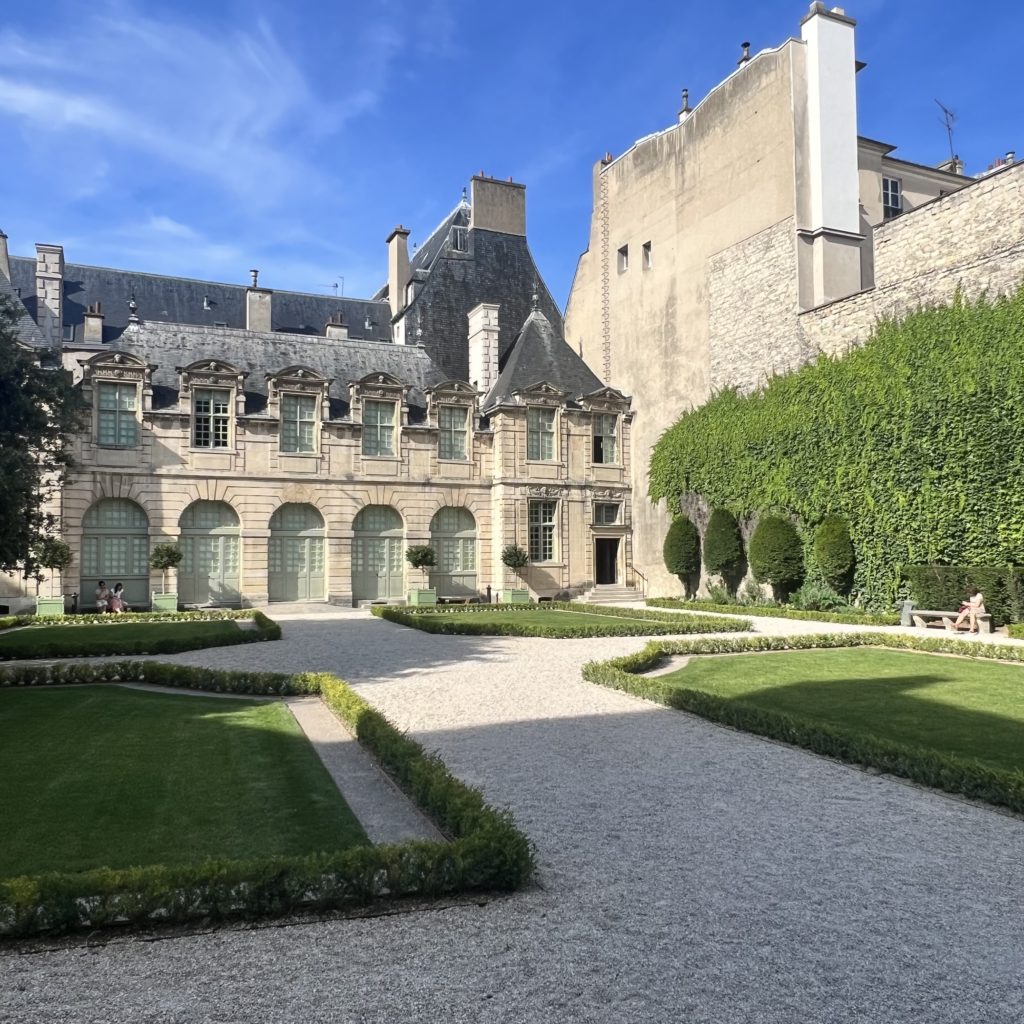
Dating from the 1620s, it’s one of the city’s finest Baroque townhouses and the first-floor apartments, which belonged to the second Duchesse de Sully to live here (and are part of the tour), are immaculately preserved. Also open is the rear yard’s exquisite orangerie (above), thought to be the city’s oldest standing greenhouse. Another fun fact: the front courtyard of the Hôtel de Sully stars in the 1988 movie Dangerous Liaisons.
Hôtel de Rohan
Staying in the Marais, but fast-forwarding a little in time … The Hôtel de Rohan is one of the most spectacular of eighteenth-century Parisian palaces.
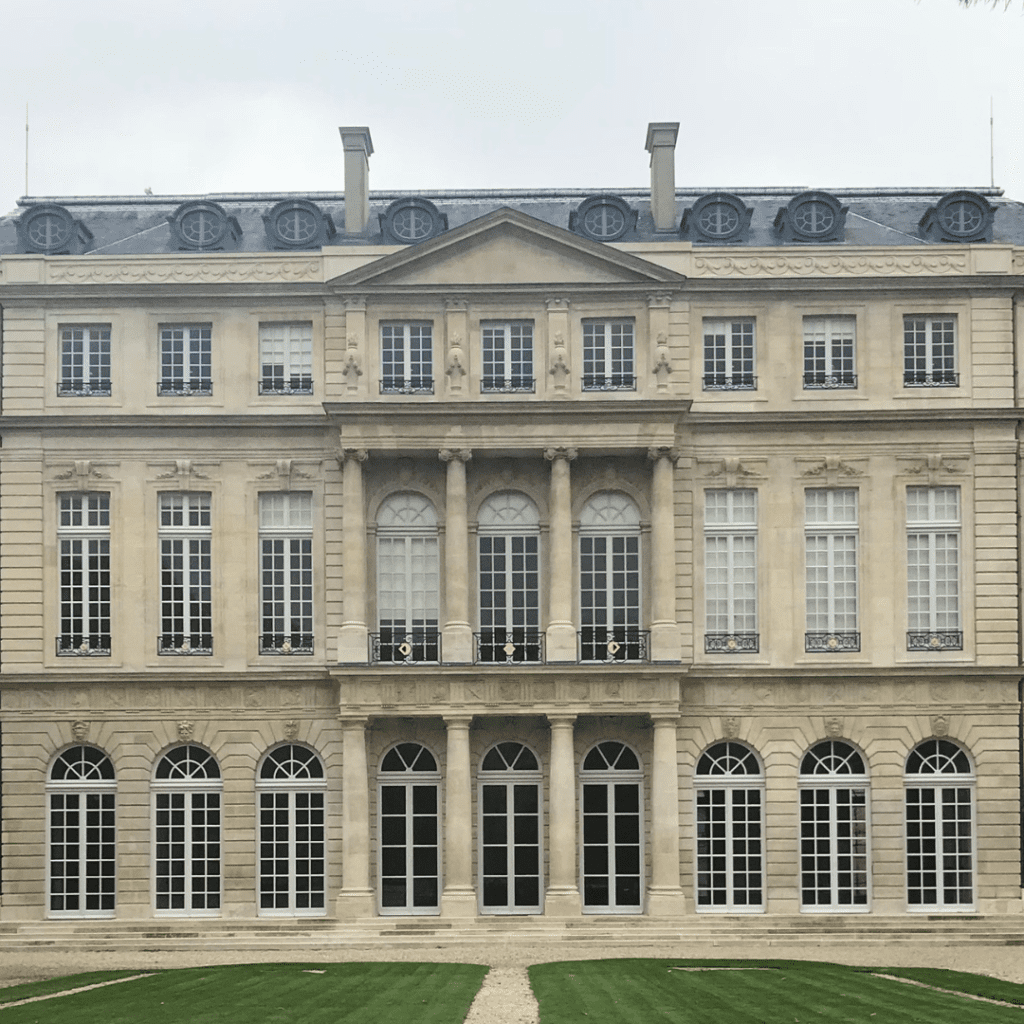
It has been under wraps for a few years now, as a team of restorers have worked to, among various projects, refit its ground floor with a series of rooms from another stunning eighteenth-century townhouse, the Chancellerie d’Orléans, which was demolished in 1923.
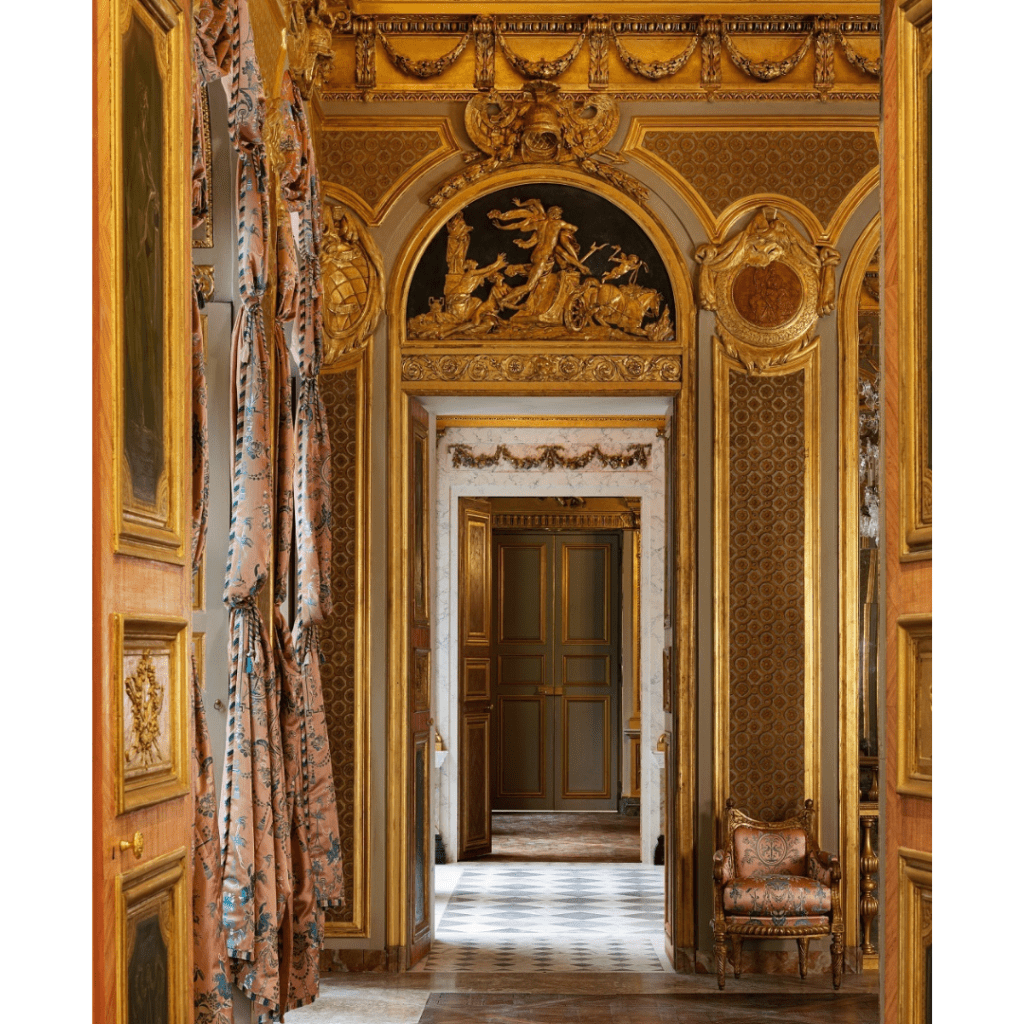
This weekend is a chance for a sneak peek at the results, in advance of the public opening (the timing of which is still to be confirmed). The Chancellerie d’Orléans interiors (above), dating from a time when Neoclassical was nudging out Rococo, had been cut up and placed in storage, and their rebirth comes after years of campaigning by French heritage groups and figures, as well as a mammoth jigsaw puzzle of a job for restorers, who had to put back together 10,000+ pieces of cornices, consoles, freizes, garlands, and so on.
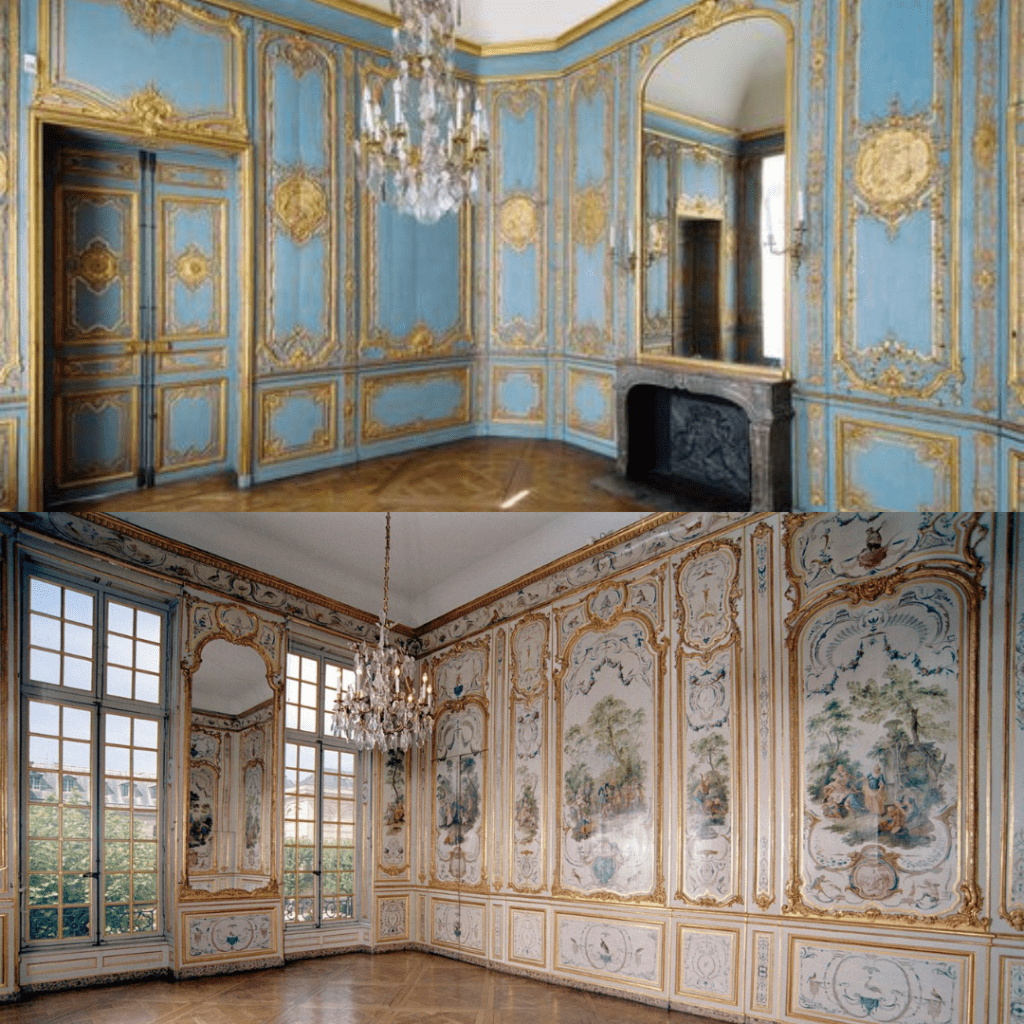
The tour also takes in a succession of upstairs rooms, which date back to the era of the cardinals of Rohan, and happily revel in Rococo glamour. Photographed above are the famous Cabinet des Singes and Cabinet des Fables, which are surely all the more exquisite in person.
Banque de France
One of the reasons for the demolition of the aforementioned Chancellerie d’Orléans was to make way for the ever-spreading Banque de France complex. (By the way, in a happy example of architectural karma, the restoration of those Chancellerie rooms was funded by the Banque de France, along with the World Monuments Fund and the French Ministry of Culture.)

Much of the land that now holds the Paris headquarters of the Banque de France is covered with an architectural hodge-podge, tweaked over time, but the garden wing of the seventeenth-century townhouse, the Hôtel de Toulouse, remains, and its usually-private Galerie Dorée — another example of Rococo exuberance like only Paris knows how to do — is open for Heritage Weekend (along with some other rooms). It’s a must-visit for all who forever walk around this city’s streets, dreaming of the gorgeousness that lies behind the beige walls.
Hôtel de Talleyrand
Continuing the theme of Rococo … the Hôtel de Talleyrand, rarely open to the public these days, is also rolling out the figurative red carpet. The one-time townhouse was built in the 1760s — and is a perfect example of Louis XV style — but is named after a later inhabitant, the famous diplomat Charles-Maurice de Talleyrand-Perigord.
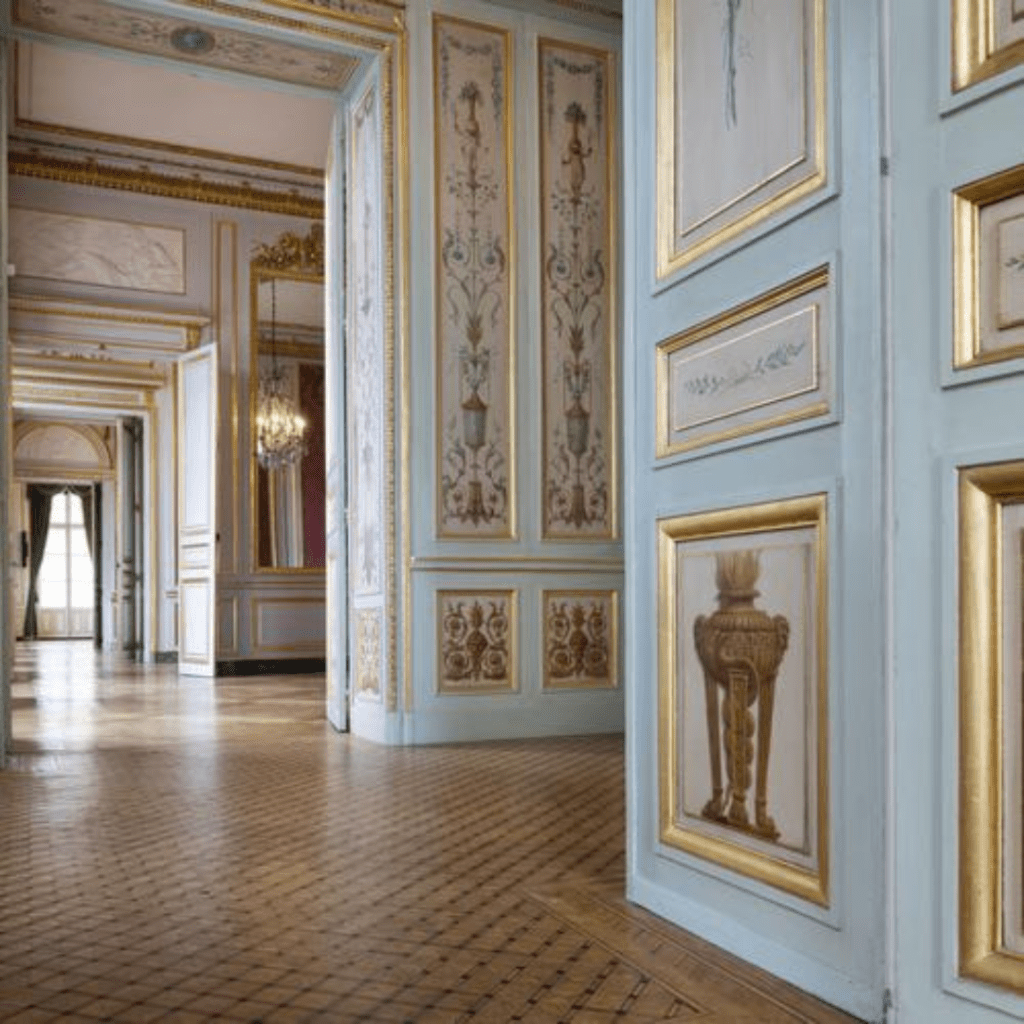
As you roam about the gilded rooms, where you can easily imagine how the power of soft diplomacy played out in the past, thrill to the knowledge that this was where the Marshall Plan — the post-war American initiative to stimulate the economies of a devastated Europe — was nutted out. Since 1947, this sublime building has been owned by the United States government, which financed the restoration, along with the World Monument Fund, of the glittering rooms now collectively known as the George C. Marshall Center, returning them back to their original colour scheme, an eye-pleasing palette of white, gold, and grey.
Palais-Royal
One of the most exciting aspects of the Journées du Patrimoine is that they give you the chance to walk Paris’s halls of power. That’s certainly the case for the Palais-Royal listing this year. Since its original incarnation — Cardinal Richelieu began work on his city palace in 1634 — the Palais-Royal has been re-imagined and renovated many times. It is no longer a palace, of course; as with most royal and aristocratic buildings, this is a government property, housing the Ministry of Culture, Council of State, and Constitutional Council.

There are numerous activities, including exhibitions, on offer in the Palais-Royal complex for the Heritage Days, but highly recommended is the Ministry of Culture visit, which reveals the former palace’s inner extravagance. Keep a lookout for the Conseil d’État’s Salle du Tribunal des Conflits (above) — this oval-shaped salon, all a-glamour in marble, gold, and trompe-l’oeil, is one of the oldest rooms, having been originally designed in the 1750s as the Duchesse d’Orléans’ dining room.
Palais du Luxembourg & Petit Luxembourg
Heading over to the Left Bank … The Jardin du Luxembourg is home to Marie de Medici’s grand old digs, now the Upper House of the French Parliament and, as such, usually out of bounds to snoopers. So the Heritage Weekend is your chance to finally see what’s inside.
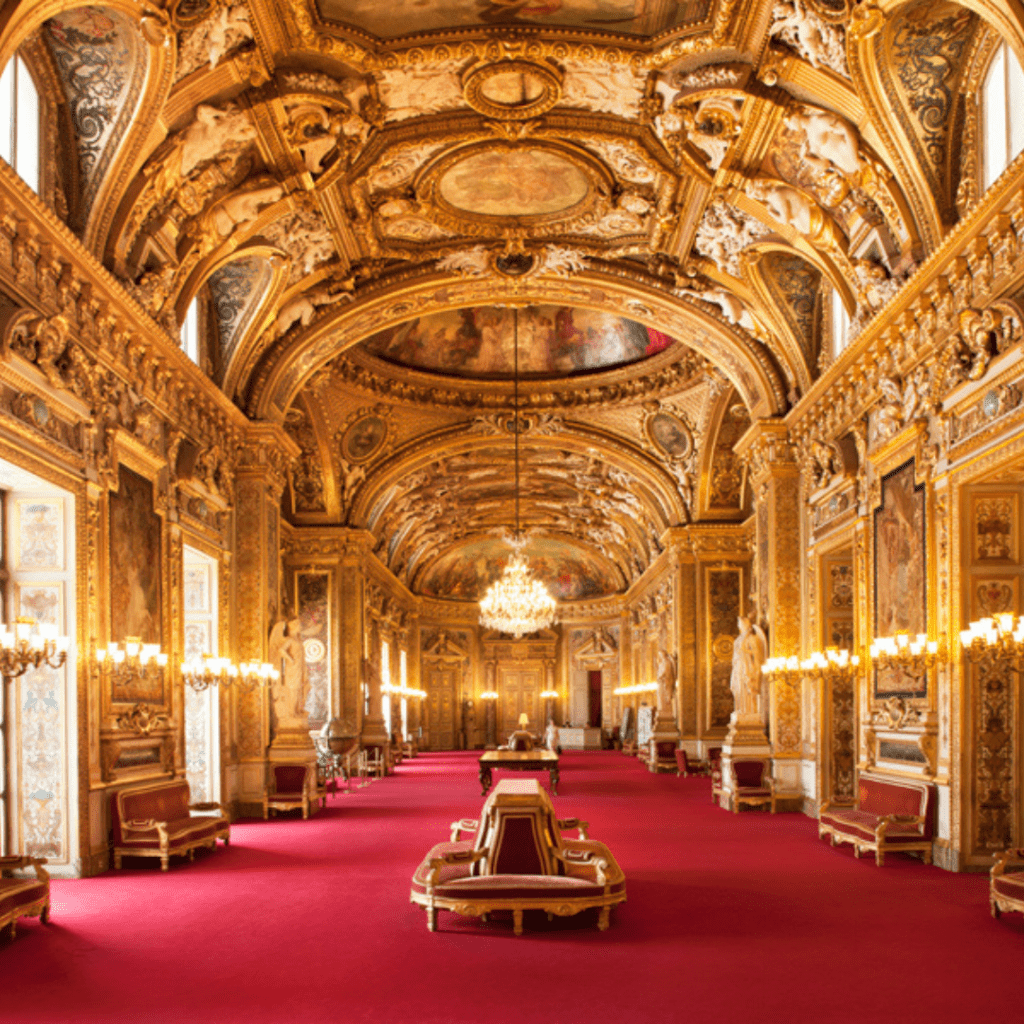
Most of the queen’s vision is long gone, but much of the interior, reworked in the first half of the nineteenth century, is stunning nevertheless — the glossy library that was painted by Delacroix, no less, and the Salle des Conférences (above), an extravaganza of red and gold that set the tone for the opulent Second Empire era.

You’ll also get to wander through neighbouring Petit Luxembourg (above), a townhouse that can trace its story back to 1550. Again, not much from then remains, but you can see remnants of a convent Marie installed here in 1622: the cloister, now a Winter Garden, and the Queen’s Chapel. You’ll also be able to admire the pretty early-seventeenth-century rooms of one of France’s most lauded Rococo designers, Gabriel Germain Boffrand (who, incidentally, was the man behind the Chancellerie d’Orléans), along with his grand swoop of a staircase, beautifully and classically rendered in stone.
Institut de France
The Institute is one of the city’s most awe-inspiring addresses, partly due to its imposing Baroque-style architecture, but also because it’s the home of the Académie Francaise, the legendary long-time custodians of the French language.
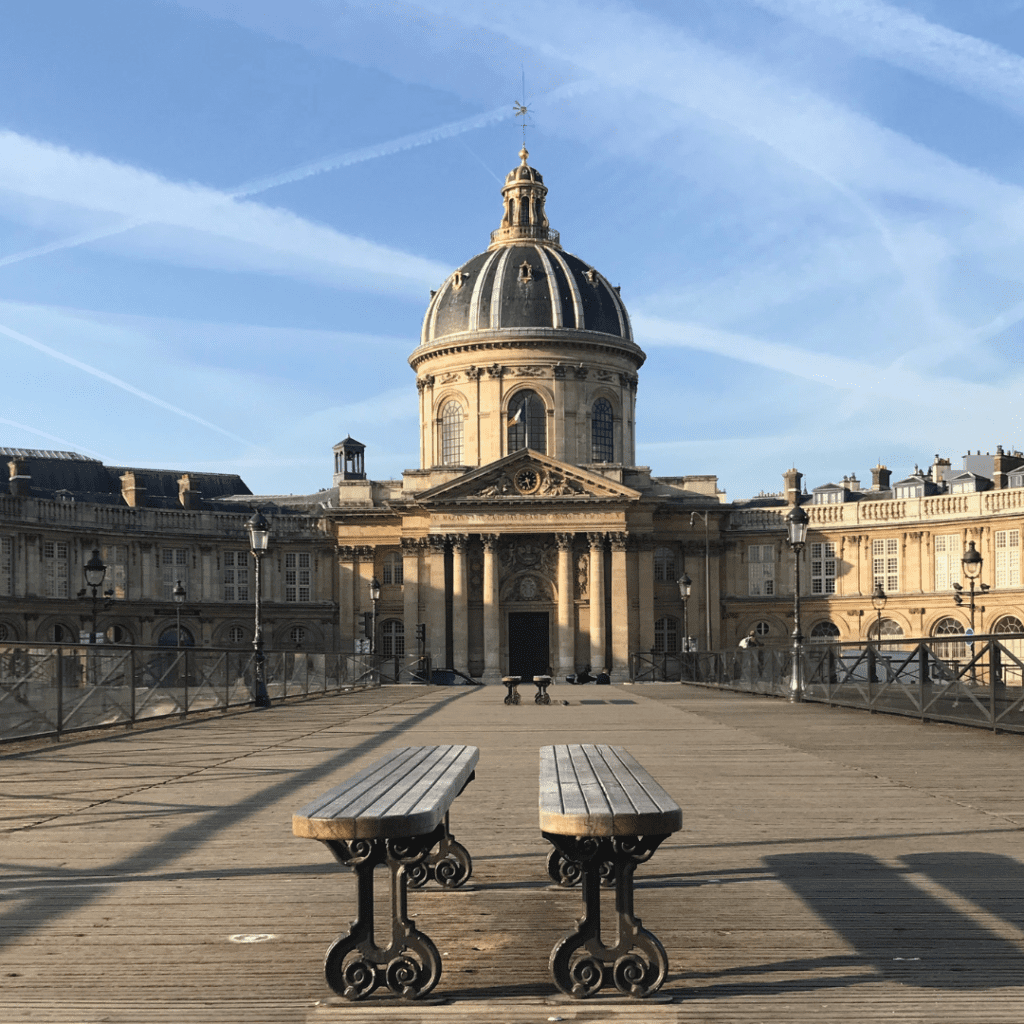
You can visit here on a weekday, but only for access to the Biblithèque Mazarine, a glorious seventeenth-century library complete with soaring shelves of leather-bound books and shiny, squeaky parquetry floorboards.
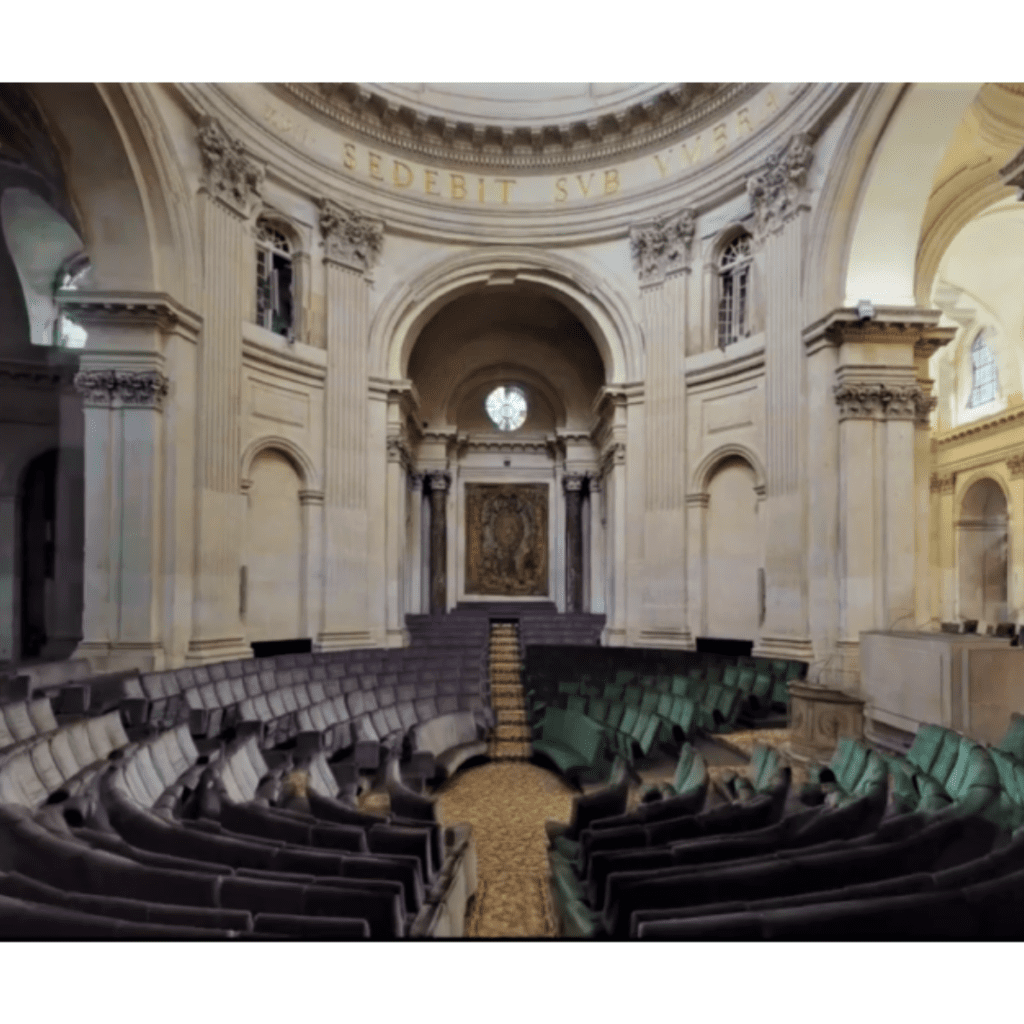
This weekend, you’ll not only be able to swoon over the library and various other historic rooms, but you’ll even be able to ascend to the pinnacle that is la Coupole (above) — the dome-topped space where the fabled académiciens meet to debate various linguistic issues.
École des Beaux-Arts
There are all sorts of architectural delights to be found across the two-hectare site of Paris’s prestigious School of Fine Arts. While guards often allow non-students to roam around some of the complex all year round, the Heritage Weekend’s tours give access to areas usually limited to students and staff.
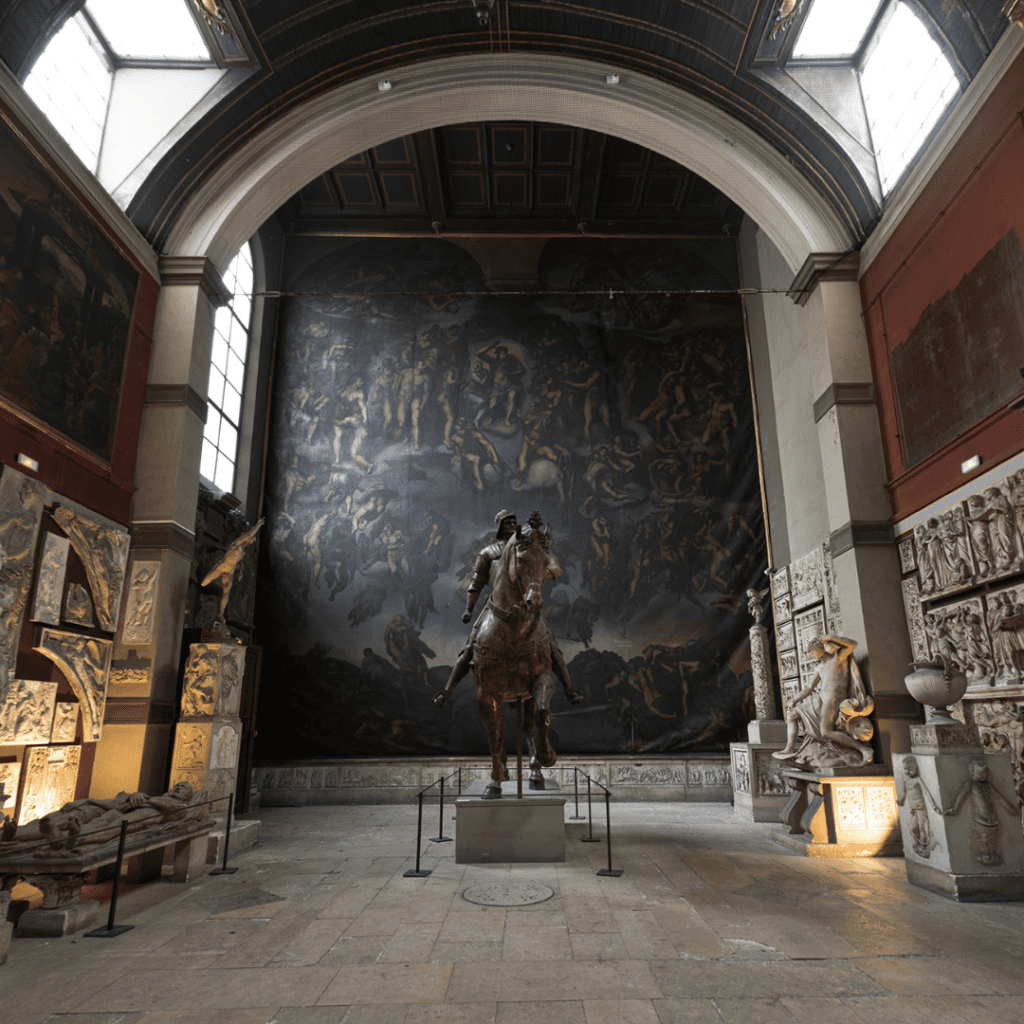
Particularly exciting: a glimpse into the Chapelle des Petits Augustins (above), the church within the convent established by Queen Marguerite de Valois (‘La Reine Margot’) when she lived on a swathe of the Left Bank in the early seventeenth century. The lovely one-time cloister now called the Cour du Mûrier, with its central mulberry tree, pretty fountain, and tranquil atmosphere, also dates from this era.
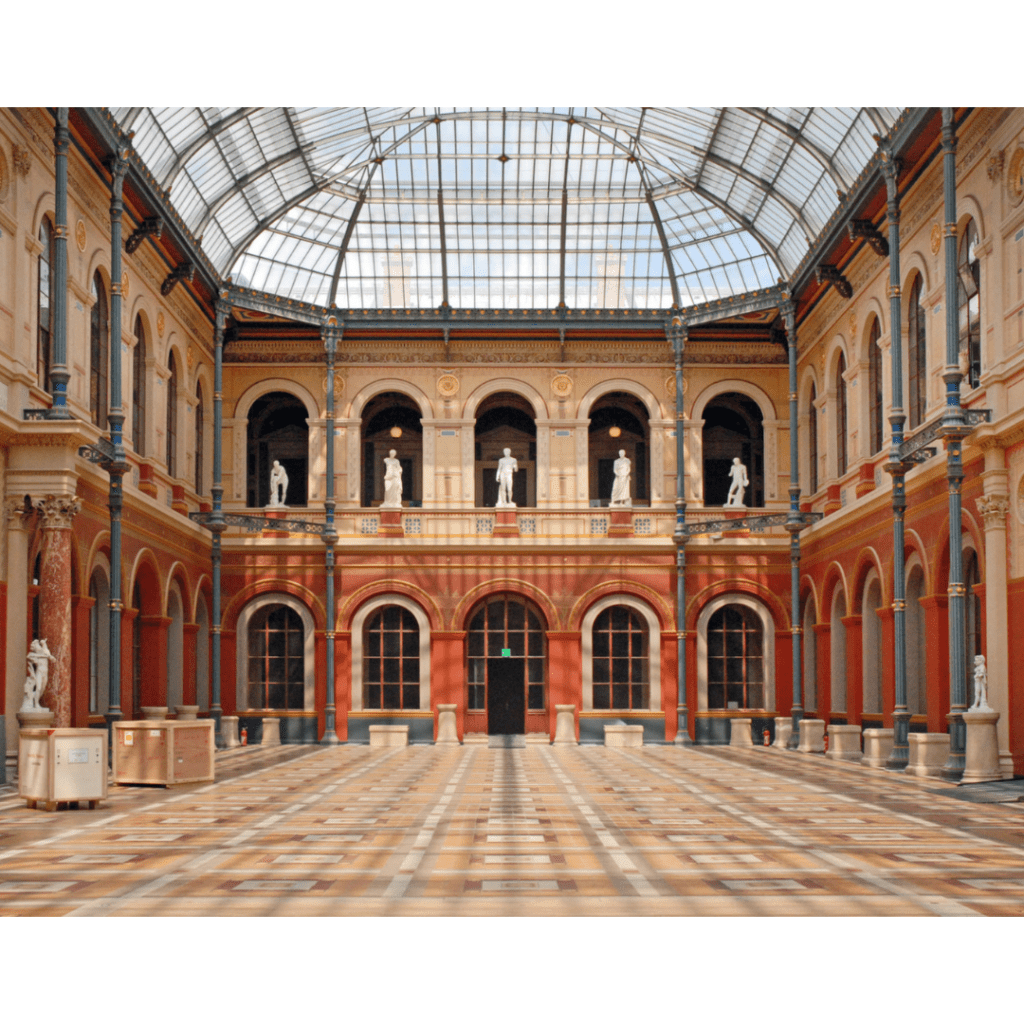
After the revolution, some of the old convent buildings became home to the Musée des Monuments Français, which rescued various treasures from vandalised châteaux and churches. Most fragments were returned to owners or rehomed to other museums on the closing of the Musée des Monuments, but as you wander about the grounds, you’ll see that some historic treasures remain dotted about, including a façade from the Château d’Anet, the mid-sixteenth-century home of royal mistress Diane de Poitiers. In this time-travelling trip, you’ll also come to appreciate how the land developed into an arts school from 1816, by exploring its celebrated Palais des Études and its elegant glass-covered courtyard (above), and the glamorous Ampithéatre d’Honneur.
It’s an absolutely fabulous rabbit-hole experience — as only Paris’s Heritage Days can deliver.

